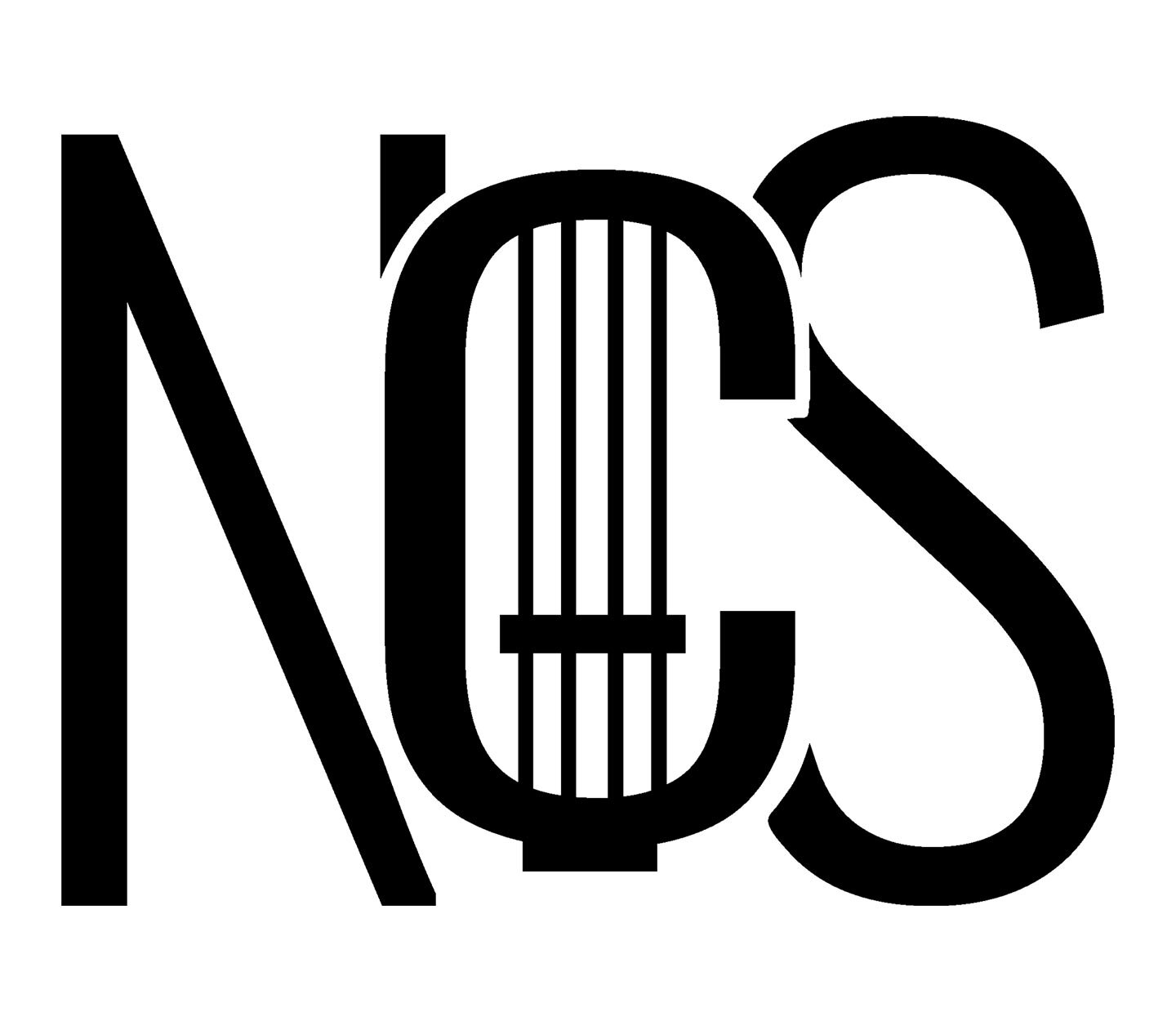Felix Mendelssohn’s Octet in E-flat Major, Opus 20 (1825)
Mendelssohn’s Octet was performed during NCS’s season finale concert on May 24, 2018; this post is expanded from the program notes written for the concert.
Few composers in the history of music progressed during their adolescence at such a phenomenal rate as young Mendelssohn did: by age fifteen, he had produced a full symphony and twelve string symphonies, many of them exhibiting a remarkable degree of maturity. His earliest masterworks include the Midsummer Night’s Dream Overture, composed in 1826, and the Octet in E-flat major, Op. 20, completed a year earlier, when he was just sixteen. The Octet, armed with rich thematic material, brilliant instrumental writing, and an imaginative use of the classical sonata form in each of its movements, is a sure testimony to young Mendelssohn’s unusually precocious talent.
The Octet was completed in Berlin on October 15, 1825. In March of that year, Mendelssohn and his father Abraham sojourned in Paris, where he seized the opportunity to perform his piano quartets in private soirées among reputable Parisian musicians; Luigi Cherubini, the director of the Paris Conservatoire, uncharacteristically praised Mendelssohn’s works, affirming to Abraham that his son would have a bright future in music. In a memorable return trip, they visited Weimar, and the boy played his Piano Quartet in B minor for Goethe, who had already heard him as a twelve-year-old and compared his prodigious musical gift to the genius of Mozart. Soon after returning to Berlin, the Mendelssohn moved to a sumptuous residence at 3 Leipzigerstrasse. The following couple of years marked one of the happiest periods for Felix and the family. It is not surprising that the Octet, written during that summer, is filled with vitality and optimism.
Mendelssohn dedicated the Octet to his violin teacher Eduard Ritz, whose birthday was just two days after the completion of the work. The virtuosic first violin part was written with Ritz in mind; Mendelssohn himself played one of the violin or viola parts on occasion. Its premiere took place toward the end of 1825 during a private musicale at the Mendelssohn house. The work underwent some revision, where issues with part-writing and formal structure were addressed, before the manuscript was published in early 1833. The first public performance occurred on 30 January 1836 at the Leipzig Gewandhaus.
The original score calls for double string quartet (four violins, two violas, and two cellos). In some sections of the Octet two string quartets engage in conversations in an antiphonal style, but the essence of the work lies in its symphonic scope and writing. Mendelssohn prescribed that the Octet “be played by all the instruments in a symphonic orchestral style. Pianos and fortes must be strictly observed and more strongly emphasized than is usual in pieces of this genre.” Its orchestral potentials were materialized when Mendelssohn rescored the third movement in 1829 for two flutes, two oboes, two clarinets, two bassoons, two horns, two trumpets, kettledrums, and strings, to replace the third movement of his Symphony No. 1 in C minor. More than a century later, in 1947, Arturo Toscanini created an arrangement for the full orchestral strings.
The first movement radiates youthful panache, opening with soaring arpeggios and throbbing accompaniments. The more restrained second theme adds an air of sophistication to the ebullient vigor. The exposition takes up nearly half of the entire movement, an example of Mendelssohn’s unusual treatment of the classical sonata form in the Octet. After a moment of darkness in the development section, the movement closes with a brief restatement of the themes and a vivacious coda. The serene andante movement serves as a respite in the mostly fast-paced, energetic Octet, but the more intense middle section creates an internal drama.
The scherzo, perhaps the best-known movement of the Octet, was inspired by the final quatrain of “Walpurgis Night's Dream, or the Golden Wedding of Oberon and Titania” in Goethe’s Faust. In fact, R. Larry Todd, the authoritative scholar of Mendelssohn, suggests that the entire Octet might have been inspired by Faust. Marked sempre pp e staccato and brimming with trills and spiccati, the ethereal allegro leggierissimo movement evokes a mythical ceremony joined by various elfin creatures. Fragments of the scherzo return in the robust finale, an indication that Mendelssohn was experimenting with a cyclical form. The finale showcases fugal elements from the beginning as well as a melody from “Hallelujah Chorus” from Handel’s Messiah in what amounts to a dazzling display of individuality and imagination not commonly matched with a sixteen-year-old.
Jung-Min Mina Lee
Resident Musicologist
All rights reserved. No portion of this blog may be reproduced in any form without citing the source or without permission from the author. For permissions contact: info@noree.org.
© NOREE CHAMBER SOLOISTS 2018 | Jung-Min Mina Lee

